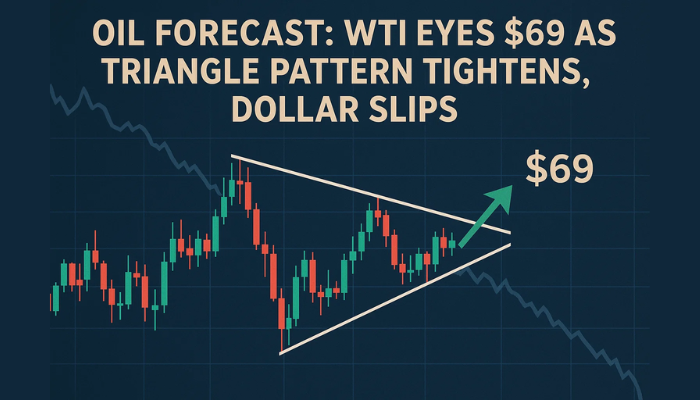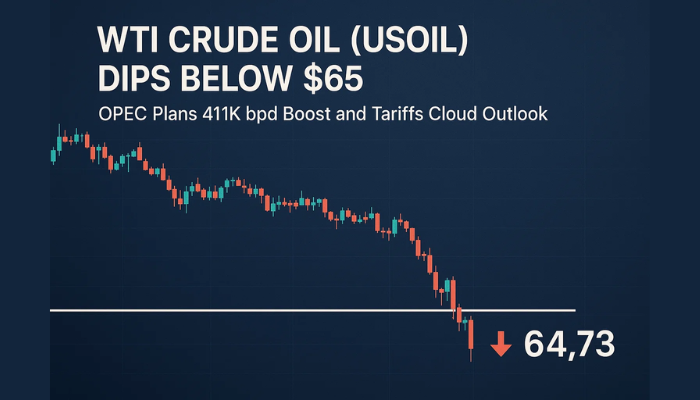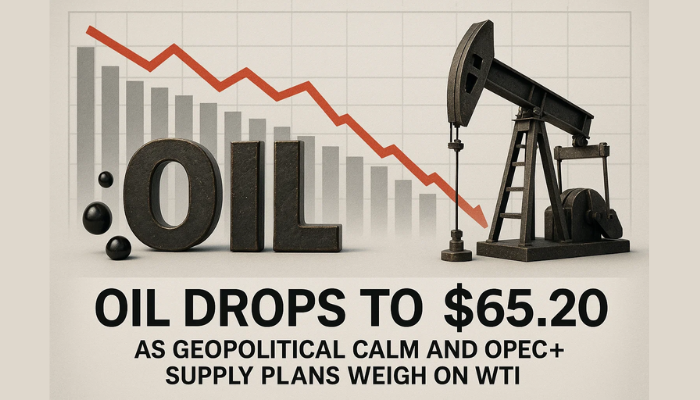Crude Oil Succeeds in Maintaining its Bullish Bias of the Previous Day – A Fundamental Outlook!
The WTI crude oil prices succeeded to extend their previous-day bullish streak and stay positive around well above the $60.00 level...
During Tuesday’s Asian trading session, the WTI Crude Oil prices succeeded in extending their bullish streak of the previous day, remaining positive, well above the $ 60.00 level, mainly due to the latest reports suggesting that the largest oil refineries in North America are shutting down amid Arctic conditions that have disrupted power, water and fuel supplies across Texas. Meanwhile, the tussles between Washington and Tehran exerted a further positive impact on the oil rally, amid fears of supply disruption. Apart from this, the bullish bias surrounding the crude oil prices could also be attributed to the upbeat chatter concerning the US COVID-19 relief package.
In the meantime, the current improvement in the coronavirus (COVID-19) conditions and progress on the vaccine front are offering additional strength to the crude oil prices. Across the ocean, Saudi Arabia’s production cuts remain active during February and March, which in turn has provided even more strength to the bullish rally in oil. In addition to this, the crude oil prices got some extra support from the weaker US dollar, as the oil price is inversely related to the price of the US dollar. Another factor that could also be supporting the oil prices is the brighter market mood, which was triggered by the optimism concerning the coronavirus aid package and progress on the vaccine front. On the bearish side, the long-lasting fears due to the coronavirus and the fresh lockdown restrictions in New Zealand and Australia could also be seen as a major bearish factor that has kept a lid on any additional gains in the crude oil prices. At the time of writing, WTI Crude Oil was trading at 60.14, and consolidating in the range between 60.02 and 60.33.
However, the market trading sentiment succeeded in maintaining its positive performance of the previous week, still flashing green on the day, amid the on-going recovery in the coronavirus situation. It should be noted that the number of COVID-19 cases continues to decline in America, and the country’s seven-day rate of new daily infections has dropped below 100K for the first time since last November, and the country continues to move towards reopening. In addition to this, the United Kingdom introduced a key vaccination milestone (15M of the most vulnerable four categories of the population all having received their first jabs), which helps to open the door for a relaxation of the restrictions. Meanwhile, the UK government expects the number of virus-related hospitalizations to decrease over the next month.
Apart from this, another reason behind the positive market performance could be attributed to the chatter concerning the US COVID-19 relief package. It is worth recalling that the previously released disappointing US employment data and fears of further weakness in the job market are increasing the need for US President Joe Biden’s much-awaited $ 1.9 trillion stimulus package. The upbeat market mood has played a major role in supporting the higher-yielding crude oil prices.
As a result, the broad-based US dollar failed to put a stop its declining streak of the previous day, remaining sour as the demand for the safe-haven assets remains low, amid hopes of a faster US economic recovery from COVID-19 and progress towards agreeing on the next round of US fiscal stimulus. However, the losses in the US dollar helped crude oil to stay bid, as the oil price is inversely related to the price of the US dollar. Meanwhile, by 8:31 PM ET (1:31 AM GMT), the US Dollar Index, which tracks the greenback against a bucket of other currencies, had dropped by 0.06%, to 90.267.
The crude oil prices across the ocean got some additional support from the intensifying tussle between the US and Tehran, which picked up pace after the death of a US service member; there were also reports of the injury of one US service member and five civilian contractors. The team was a part of the US-led coalition forces in Erbil, Iraq. This, in turn, raised the suspicion that Iran could possibly be behind the move. The anticipated tussles between Washington and Tehran are also likely to boost the rally in oil, amid fears of supply disruption.
In addition to the tussle between the US and Tehran, the cold snap in the US has shut down oil wells and refineries, with natural gas and crude pipeline operators also facing restrictions, which in turn, has provided another short-term price recovery bridge, that was probably responsible for taking the oil prices to the levels where the markets were heading. The largest oil refineries in North America are also shutting down, mainly due to Arctic conditions that have disrupted power, water and fuel supplies across Texas.
On the bearish side, the virus strains in New Zealand and Australia are still not showing any sign of slowing down, and as a result, authorities are urging fresh lockdown restrictions. The downbeat statement by the World Health Organization (WHO), citing fears of re-infection with the new virus strains, could be seen as a major bearish factor that has kept a lid on any additional gains in the crude oil prices. Another factor that could also be capping the upticks are the geopolitical tensions between China and the Western world.
Looking forward, the US Retail Sales data for the month of January will be released at 13:30GMT on Wednesday, and it will be closely watched for insight into the health of the US consumer situation for last month. Meanwhile, the FOMC minutes from the January meeting will be released at 19:00GMT, and this will generate interest in the markets, as it will provide more insight into the FOMC debate over the tapering of the asset purchase program. In addition to this, the news relating to the US aid package, coronavirus vaccines and tensions between the US and Iran, could provide fresh direction for the commodity. Good luck!
- Check out our free forex signals
- Follow the top economic events on FX Leaders economic calendar
- Trade better, discover more Forex Trading Strategies
- Open a FREE Trading Account


